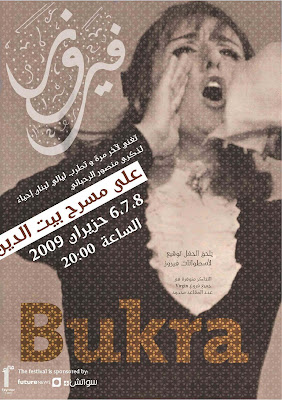


A series of 3 sequential posters that convey the feel of a modern Fayrouz, all for a same event, the first in Arabic, the second in Latin and the third in both Arabic and Latin. The grid used in the posters is very modern, the typefaces as well, the only elements that refresh the idea of Fayrouz are her old pictures, her name in calligraphy and the arabesque pattern all over the posters. Images were taken from old LP’s of Fayrouz.

 A typeface based on a tea kettle as a module, a font pamphlet presenting the characteristics of the typeface, the inspiration, the sketches and the digitization process, and a 3D chair based on the letter ‘ha’ of the font Rakwe.
A typeface based on a tea kettle as a module, a font pamphlet presenting the characteristics of the typeface, the inspiration, the sketches and the digitization process, and a 3D chair based on the letter ‘ha’ of the font Rakwe.































